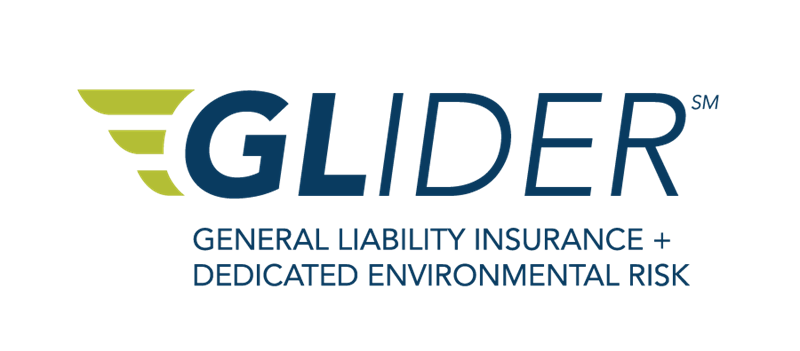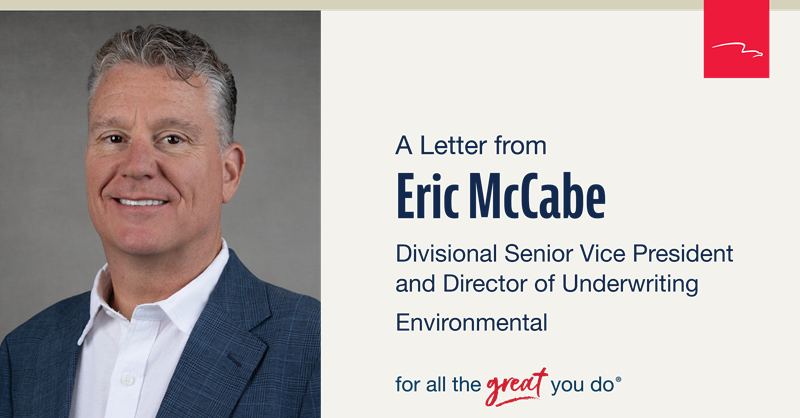Interior Risks Riskopolis
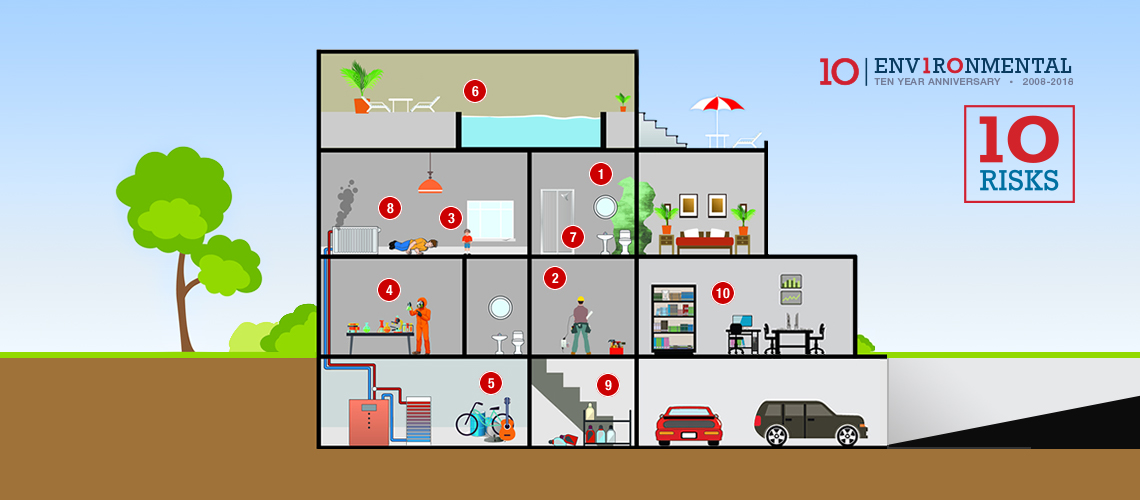

1. Mold
The tenant in Unit 5.A. was very proud of her collection of tropical plants and orchids. Unfortunately, the high temperatures and humidity levels that kept the plants healthy got carried away and resulted in significant mold growth behind the unit’s wallpaper. The mold eventually contaminated the entire building’s HVAC duct work with mycotoxins.

2. Asbestos Containing Materials (ACM)
An electrician working in several of the units inadvertently disturbed asbestos materials that had been contained between the walls when he was pulling new cable lines. The entire floor had to be evacuated for weeks until the asbestos fibers could be remediated and the living spaces determined to be safe.
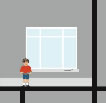
3. Lead Based Paint (LBP)
Little Timmy in Unit 1.C. was recently hospitalized with elevated levels of lead in his bloodstream. The layer of fresh paint on the door and windows had worn away at the jambs and sills exposing the older lead based paint. Chips and dust from the lead paint slowly contaminated the living space and eventually accumulated in Timmy’s system. Tests to determine if there’s potential for mental impairment are pending.
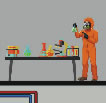
4. Meth Lab
The quiet neighbor in Unit 3.B. recently stirred up some excitement when the unit was raided by agents from the DEA. Chemicals from the production of methamphetamines had saturated all porous surfaces in the unit. All of the counters, cabinets and wallboard had to be removed and disposed of as hazardous waste. Indoor air quality sampling was also required to be performed in each of the adjacent units to guarantee the safety of the remaining tenants.

5. Basement Tanks
The aboveground fuel oil tank located in the building's basement was overfilled when the delivery man was distracted while playing games on his smartphone. An inch of oil covered the floor around the tank and damaged the personal property that several tenants were storing in the area.
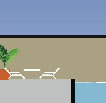
6. Indoor Pool Chemicals
Poor housekeeping and inadequate ventilation related to the facility's indoor pool resulted in multiple reports of burning eyes, congestion and coughing. One young girl's condition continued to worsen and she was taken to the hospital with respiratory distress. An inspection by the local department of health concluded that the pool's chlorine and poor water quality combined to form chloramines. Due to the poor ventilation in the pool area, the chloramines were inhaled by the swimmers at unsafe levels.
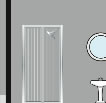
7. Legionella
Residents in the facility were ordered to stop using their showers after legionella was detected in samples taken from the plumbing system. An elderly resident was hospitalized when she breathed in legionella tainted water droplets while showering. It could take weeks to pinpoint the source of the legionella and to remediate the building's entire water system.
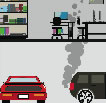
8. Vapor Intrusion (fumes from a tenant space seeping into residential space)
Several residents complained of dizziness and one was eventually hospitalized after having an adverse reaction to chemicals being used by onsite renovation contractors. It was determined that the fumes from the solvents being used to strip out old floor tiles were being captured by the building's HVAC system and concentrated in several nearby units.

9. Stored Chemicals
While playing in the building's basement, a curious little boy came across an open storage shelf with interesting containers and bottles. He was examining the different containers when he knocked over a bottle and liquid spilled all over the floor. Panicked, he tried to clean up the mess, but ended up with the corrosive liquid all over his hands. His skin began burning so badly that his mother rushed him to the emergency room. The doctor determined that the young boy had been exposed to sodium hydroxide - a common ingredient in oven cleaners and drain openers.

10. Vapor Encroachment From Adjacent Property
The tenants in Unit 1.F. always seemed to be in and out of the doctor's office. It was finally discovered that chemicals released from a nearby drycleaner were migrating under the building and that the vapors had been seeping into the unit for years. One tenant was advised by her doctor to submit to a medical monitoring program for the foreseeable future. She has interviewed a number of attorneys to represent her in a potential injury lawsuit.









.png?sfvrsn=396e21b1_2)
